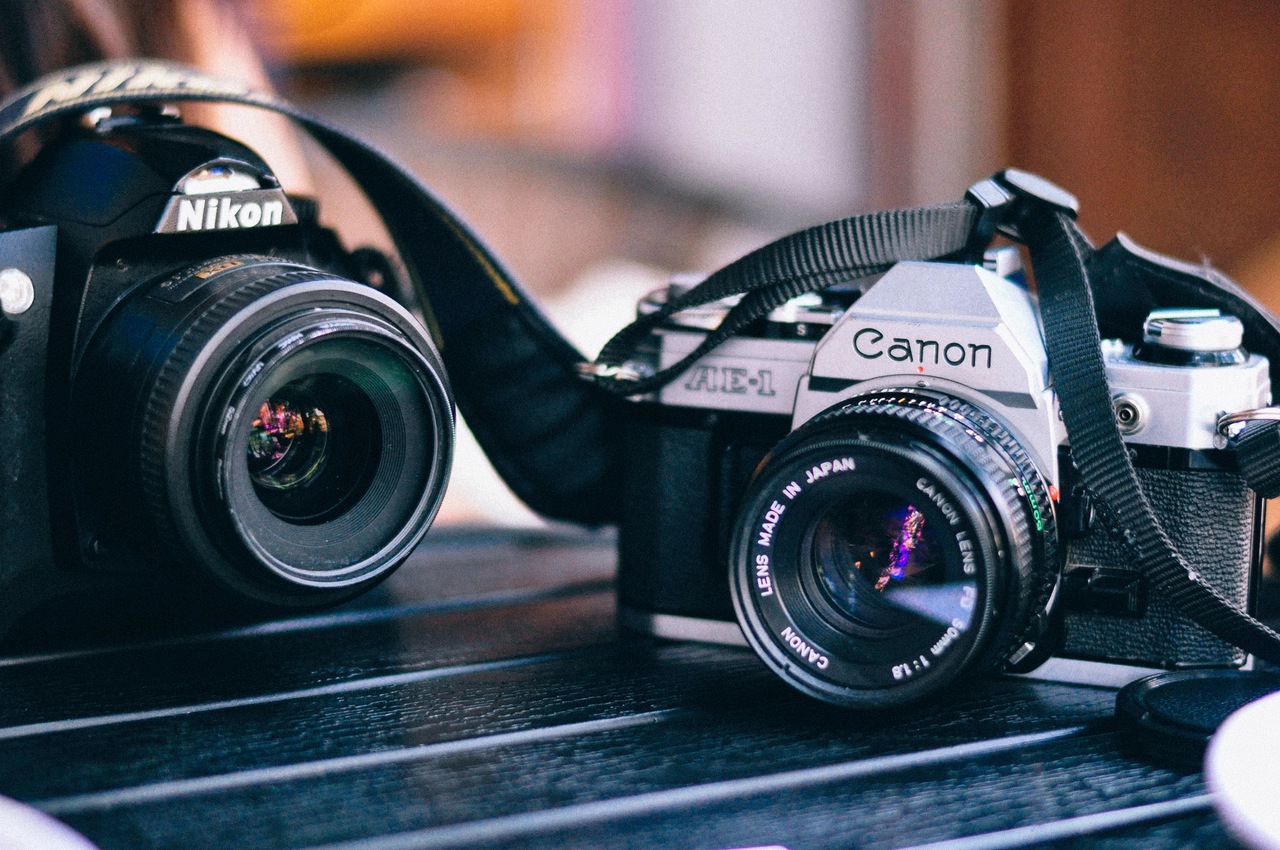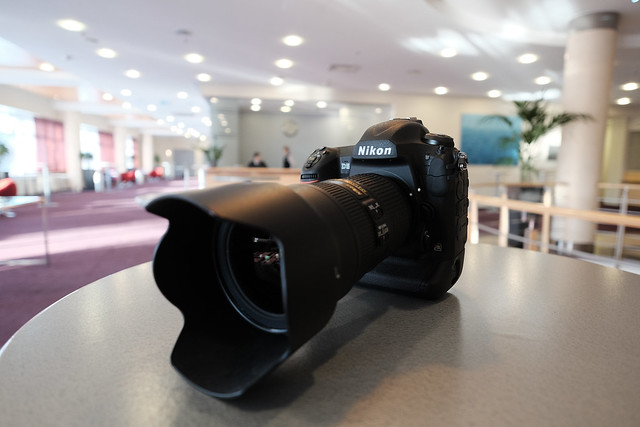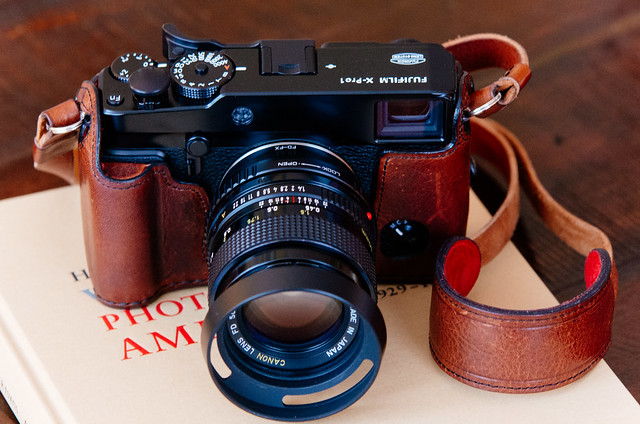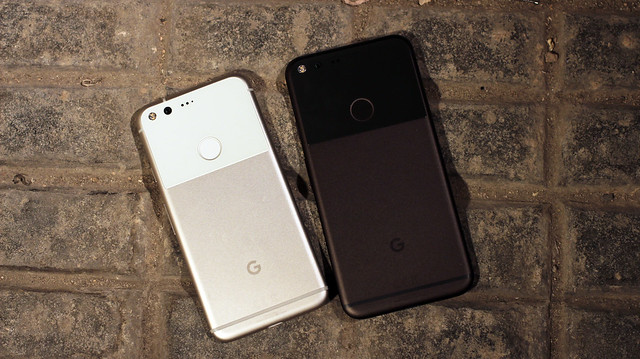Sometimes I feel old. Very old. You see I cut my teeth in a photographic world where Nikon and Canon were the 35mm kings, Hasselblad, Mamiya, and Bronica made medium format and Sony made Walkmans.
But times change, technology moves on and so do corporations.
The photographic manufacturing industry, like photography itself, has changed dramatically. Some names remain, some have disappeared forever, some morphed into something new and some are completely new.

Today we are going to look at the most important manufacturing players in today’s market.
The State of the DSLR Market
Little has changed from 20 years ago here, Canon and Nikon take by far the largest section of this market. Pentax is the only other company still producing DSLRs if you discount Sony’s SLT technology.
This is quite a change from the film era where there were several alternative manufacturers of SLR cameras.
The reduction in the number of companies producing DSLRs seems in tune with the reduction in the DSLR market share. Canon and Nikon are still holding the professional market and some of the advanced enthusiast but increasingly photographers from all segments are heading over to mirrorless systems.
DSLRs will be around for a while, particularly because of their better autofocus, battery life, and range of lenses and accessories.
However, there may be difficult times ahead for both Nikon and Canon. Nikon’s 2016 financial statement talked of extraordinary losses whilst Canon’s EOS 5D MK IV has been hit with multiple issues denting their reputation for quality.

Nikon and Canon still reign supreme in the pro DSLR market.
The Ever-Expanding Mirrorless Market
Possibly the most robust part of the photographic market at the moment, most of the innovation seems to be coming from the mirrorless players.
- Fuji appear to be doing everything right at the moment, producing cameras that photographers want and an enviable reputation for image quality.
- Sony are pushing the boundaries with full frame high megapixel cameras and are clearly targeting the professional market.
- Panasonic are clearly targeting the DSLR video market with their GH and G series cameras taking aim at and in many cases beating Canon’s DSLR for video quality.
- Olympus are the other big player in this market with an increasingly good product range.
- Both Canon and Nikon have made inroads to the mirrorless market but time will tell whether they can match Fuji, Panasonic, Sony and Olympus. At the moment they are very much playing catch up.

Fuji, Panasonic, Sony and Olympus are the big players in the mirrorless arena at the moment.
Where are Lenses at?
Lenses, like cameras, have seen a sea change over the last few years. The first decade of digital was dominated by the traditional lens manufacturers.
These included OEM manufacturers such as Canon and Nikon and well known third party companies like Sigma and Tamron. In recent years, there has been in influx of cheaper third party lenses from Chinese companies such as Samyang and Voigtlander.
Many of these are manual focus lenses but increasingly they will become competitors for the mainstream lens companies.
Smart Phone Photography
Derided by some but an increasingly important part of the photographic market. Until a couple of years ago, the players were Samsung and Apple. However, other companies are increasingly making inroads into top end camera phones.
Huawei, HTC, and Motorola to name a few. The biggest addition over the last year or so has been Google with its Pixel XL which has been very well reviewed as a camera phone.

Google's Pixel phones have received a good reputation for image quality.
The Drones of Today
Like smartphones, drones are a market that simply did not exist until a few years ago.
At the moment that market is pretty much sown up by DJI, with Yuneec coming in second. The issue with drones until recently has been image quality.
The small sensors and plastic lenses giving acceptable images only in good light. To step up to the quality that most photographers desire required buying into professional level drones such as the DJI Inspire range.
The recent DJI Phantom 4 Pro, however, is possibly the first consumer-level drone with a good quality camera. As sensor and lens technology improves we will soon be getting near DSLR quality images on our quadcopters.

The Phantom 4 Pro uses the same Exmoor sensor as high-end compacts.
The photographic manufacturing market is changing quicker now that it has ever done. Technology is marching on at an incredible place and with it, the possibility of dropping off the technology curve. I suspect in a few years time a few of the household names we recognize today will fail to exist, replaced by new ones who kept their eye on the ball. Exciting times ahead for sure.
Further Resources
- Does This Debate Have Any Substance? Mirrorless vs DSLR Cameras by Jason Row
- Daily Wrap: How to Free Lens, Old Mac Pros for Photography and Backlighting! by Lightstalking
- 4 Important Post-Processing Steps That Are Often Overlooked by Photzy





5 Comments
“[…]influx of cheaper third party lenses from Chinese companies such as Samyang and Voigtlander.” Huh????? Samyang is a Korean company. Cosina now produces Voigtländer and is a Japanese company. Samyang does offer some affordable options but also now offers some very high end lenses for cineamteaogepahy. Cosina makes extremely high end lenses, they are basically the Japanese version of Zeiss. Not cheap and again not Chinese haha.
Great article! What is your take on the immersive 360 degree cameras and viewers?
Can you expand on the quality issues with the Canon 5D mark IV? I have one and am more impressed with it every time I take it out. Did I get lucky and get a good copy? Is there some build quality issue I should be aware of that may effect me in the near future?
Using focus peaking with the legacy lenses is just fun.
You didn’t mention the domination Sony has in image sensors. From 150 megapixel medium format to most phone camera sensors.